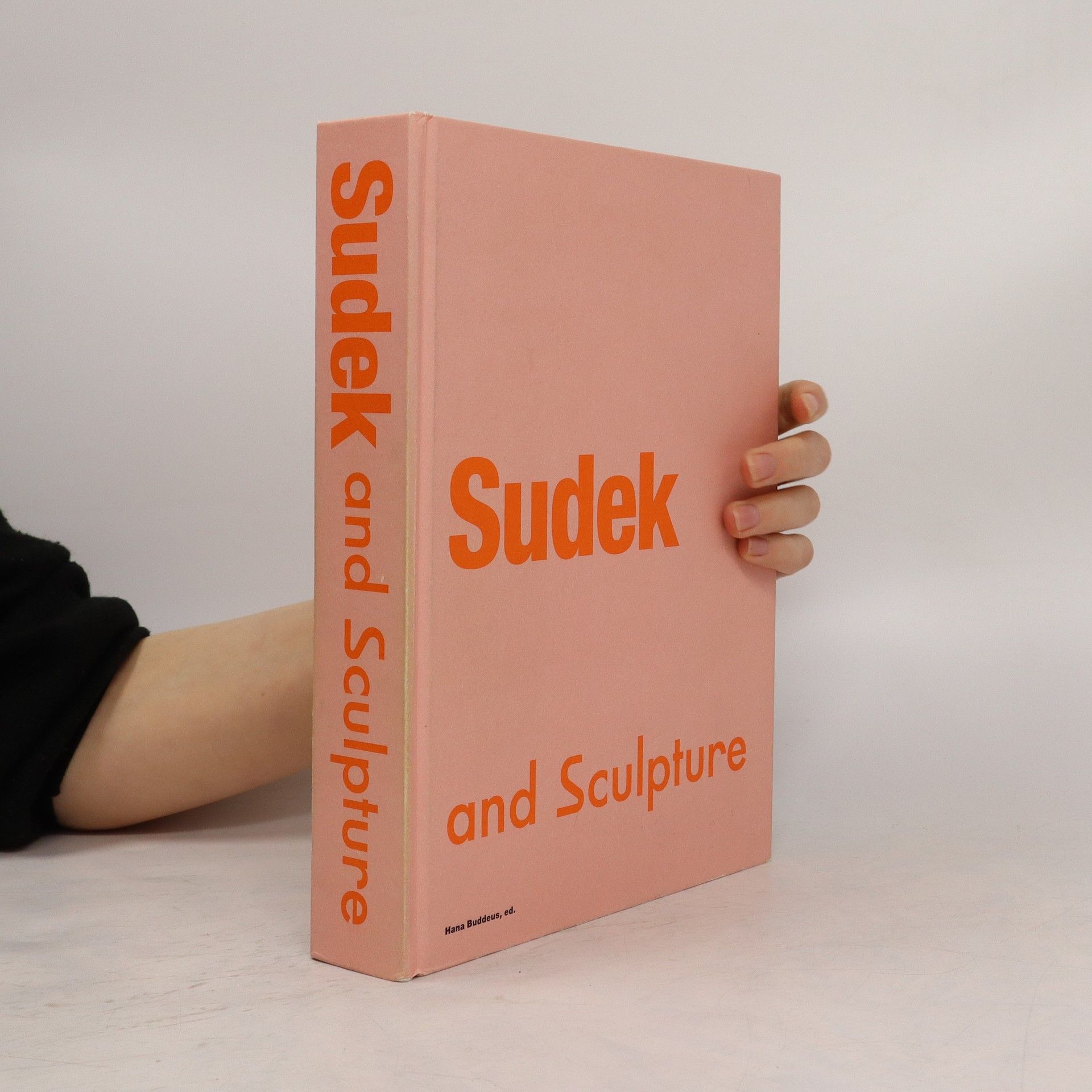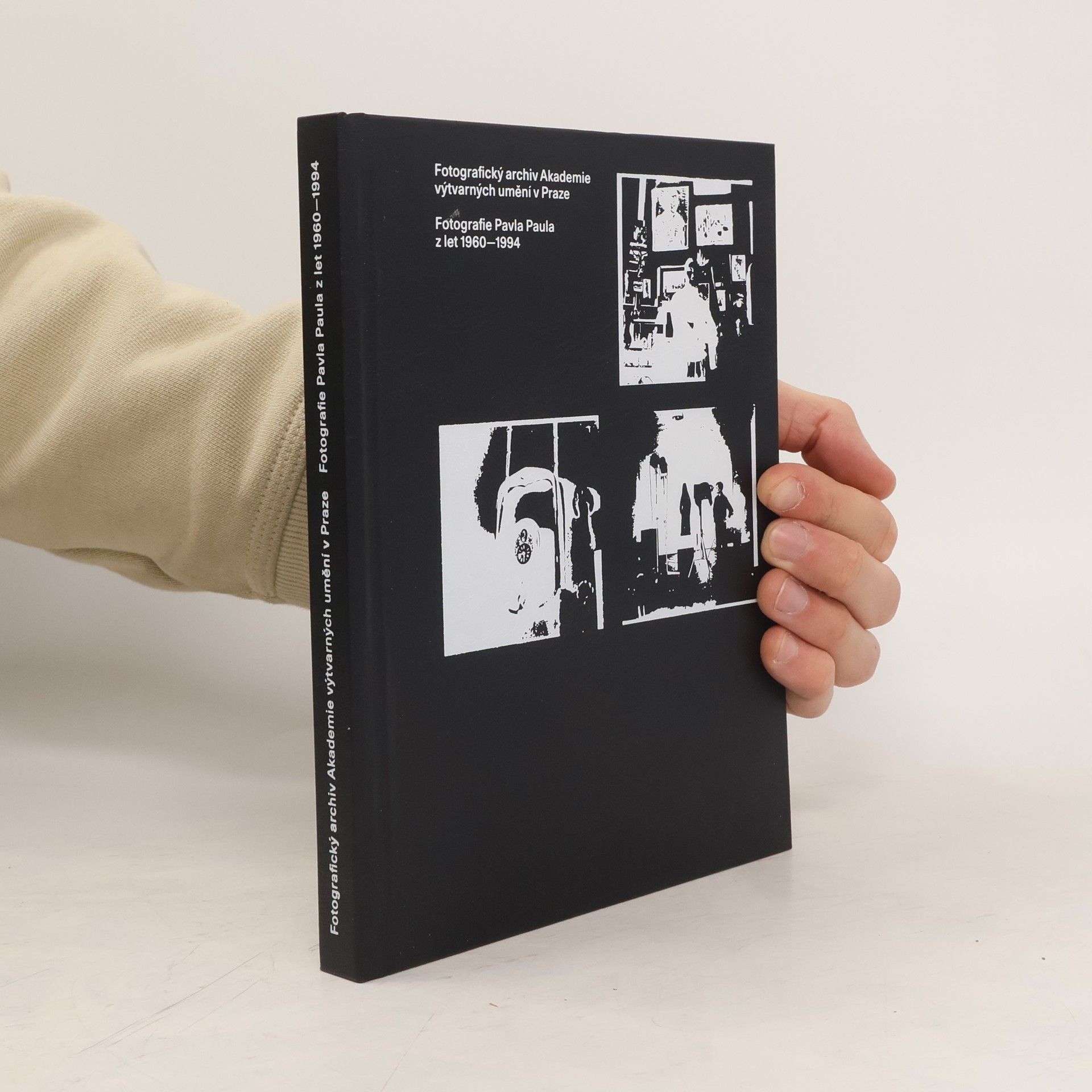Jak se v průběhu několika desetiletí měnila nejstarší umělecká škola u nás? Kdo byli pedagogové, kteří formovali její tvář, a ovlivňovali podobu zdejšího výtvarného umění? Jací studenti prošli jejich ateliéry? Tato kniha se snaží skrze texty, a především fotografie Pavla Paula, školního dokumentátora, prozkoumat jedno z nejzajímavějších období Akademie výtvarných umění v Praze, kterému nebyla dosud věnována pozornost. Skrze momentky z ateliérů, snímky jednotlivých uměleckých děl nebo záznamů běžného života na škole můžeme pocítit atmosféru od šedesátých do poloviny devadesátých let minulého století.
Zuzana Krišková Livres



Průvodce po 220 místech spojených s historií a současností AVU vznikl při příležitosti 220. výročí založení Akademie výtvarných umění v Praze. Nabízí osm procházek či cyklistických tras v okolí školy a netradiční vhled do její historie doplněný originálními kresbami pedagogů, studentů a absolventů. Najdete zde popis uměleckých děl, domů, ateliérů, hospůdek či kaváren. Publikace vznikla pod vedením týmu Vědecko-výzkumného pracoviště AVU spolu se členy Katedry teorie a dějin umění, zaměstnanci Archivu AVU i externími odborníky.
Sudek and Sculpture
- 600pages
- 21 heures de lecture
From his panoramic views of Pragueto his enigmatic still lifes and reflections in the misty window of his studio, photographer Josef Sudek captured the unique spirit of the Czech capital between the 1920s and 1970s. Already in his lifetime, Sudek enjoyed a worldwide reputation—and yet a substantial part of his practice, dedicated to photographing works of art, has remained largely unknown until now. This book shines a light on Sudek’s most beloved topic—sculpture—which acted as a bridge between his fine art photography and his commercial work. Sumptuous full-page reproductions of Sudek’s black-and-white photographs illustrate a series of thematic essays, focusing on the scope and legacy of his work; while cameos of the key people and institutions supporting his career reveal Sudek’s rich connection to the artistic circles and tendencies of his day. Together, they uncover the shifting tension between the ability of photographs to bring art closer to the people and their potential as works of art in their own right, raising important questions for the history of photography. “Sculpture is a living thing and must be photographed as if alive.” Josef Sudek (1957) Texts: Hana Buddeus, Katarína Mašterová, Mariana Kubištová, Zuzana Krišková, Kateřina Doležalová, Martin Pavlis, Fedora Parkmann